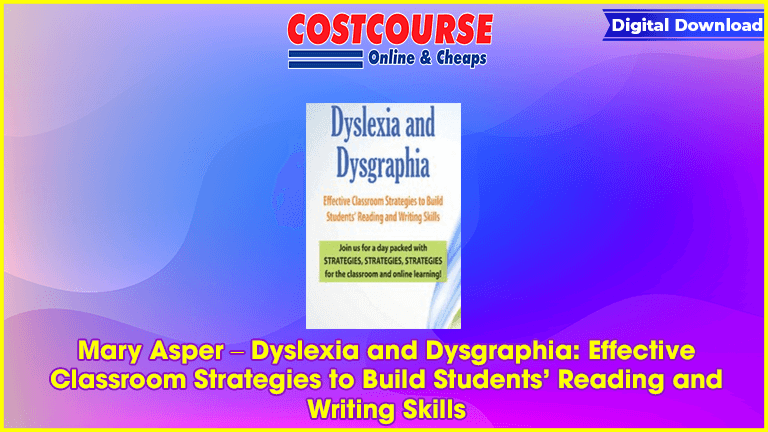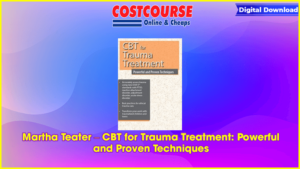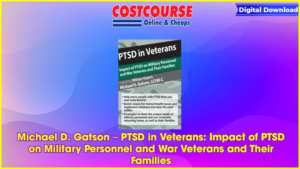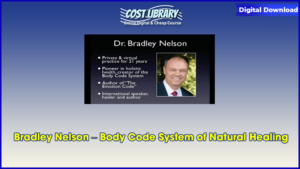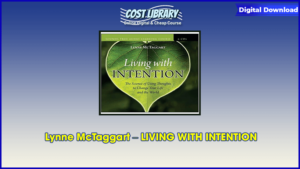Description
Students CAN expand their basic reading and writing skills, even when diagnosed with Dyslexia and/or Dysgraphia.
Mary Asper – Dyslexia and Dysgraphia: Effective Classroom Strategies to Build Students’ Reading and Writing Skills
This presentation is filled with abundant child-centered, classroom-proven strategies and materials for building skills in the seven foundational areas for reading: phonemic and phonological awareness, vocabulary and word knowledge, changes in word meaning, sentence structure, narrative composition and spelling.
Even more strategies and materials are provided for underlying characteristics that affect students’ performance such as anxiety, executive function, auditory processing and visual processing.
Take away strategies designed to accelerate your students’ progress in reading and written expression through innovative and successful field-tested methods and practical tips.
Handouts
Manual – Dyslexia and Dysgraphia (12.4 MB) 68 Pages Available after Purchase
Outline
Dispelling Myths about Dyslexia and Dysgraphia
Dyslexia/Dysgraphia can be diagnosed
Students will not just “get over it†or grow out of it
Students won’t do better if they just “try harderâ€
Preparing the Brain For Learning
The benefits of music and movement for the reading/writing brain
Engaging positive self-talk
Resources for implementing movement in the classroom
Foundational skills for proficient readers
Phonemic Awareness
Phonological Awareness
Visual Tracking
Blending
Segmenting
Multi-syllable Words
Fluency
Boosting Comprehension
Identifying unknown words
Thinking and remembering in categories
Creating meaningful, memorable definitions
Inference and prediction, Idioms, Multiple-Meaning Words
Literal vs. Figurative language
Fact vs. Opinion
Strategies for Written Expression
Improving letter formation, spacing, capitalization, punctuation
Overcoming spelling difficulties
Choosing words to write with
Building Sentences
Writing from Pictures
Collecting and using ideas for writing
Assistive Technology, Accommodations and Supports

